Inviting You Into the Regenerative Journey
For over 75 years, Noble Research Institute has built relationships with farmers and ranchers. Here are the next steps in our regenerative journey.
For more than 75 years, Noble Research Institute has built deep relationships with agricultural producers. This year, Noble is taking the next steps in the Institute’s journey.
These relationships, often enduring across multiple generations of farm and ranch families, have helped us uncover three principles:
- Farmers and ranchers are motivated to build successful enterprises framed by profitability, growing family wealth and creating opportunities for successive generations. In addition they want to provide a venue in which people can express creativity, develop mastery, live purposefully and retain independence.
- Most farmers and ranchers share the belief that each generation has an obligation to leave resources and landscapes better than they found them.
- Every family, ranch or farm, and landscape has its own unique characteristics, opportunities and challenges.
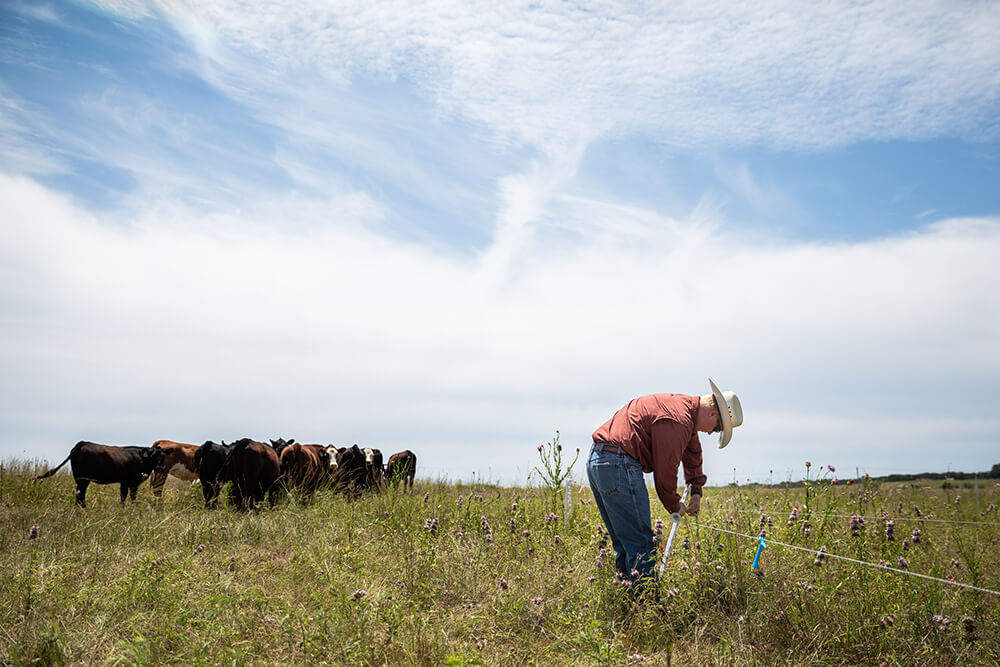
We have also learned that stitching these principles together is neither a simple process nor can it be accomplished with a one-size-fits-all recipe. Furthermore, the short- and long-term goals of each agricultural enterprise are influenced by a host of factors, such as family dynamics, past experiences and the ranchers’ mindset and vision for the future.
Many farmers and ranchers feel called to the work of agricultural production and are driven by the desire to feed people, to practice stewardship and stockmanship, and to contribute to healthy families and communities.
Our assessment of the lessons we have learned is that success has and will be built on the interdependence of profitability and resource health. We have come to believe that the future of our region, the Great Plains and the nation depends in large part on our ability to be successful in terms of both profitability and soil stewardship.
As a result, over the past year, we have taken a hard look at the Institute’s operations, resources and vision. We evaluated Noble’s research, what we were sharing with farmers and ranchers, and how we were operating our own ranches. We also revisited the original intent for the Institute, as described by our founder, Lloyd Noble, noting the focus and clarity of purpose he offered this organization.
We will follow the guiding principles of our founder in concert with values shared within the agriculture sector. We will focus everything we do toward these principles and their balanced application in grazing animal production in ways that best serve the nation’s farmers and ranchers.
As we’ve announced in recent months, we are focusing all of our operations on regenerative ranching that balances profitability and stewardship. Why? Because farmers and ranchers shouldn’t have to choose one objective over the other.
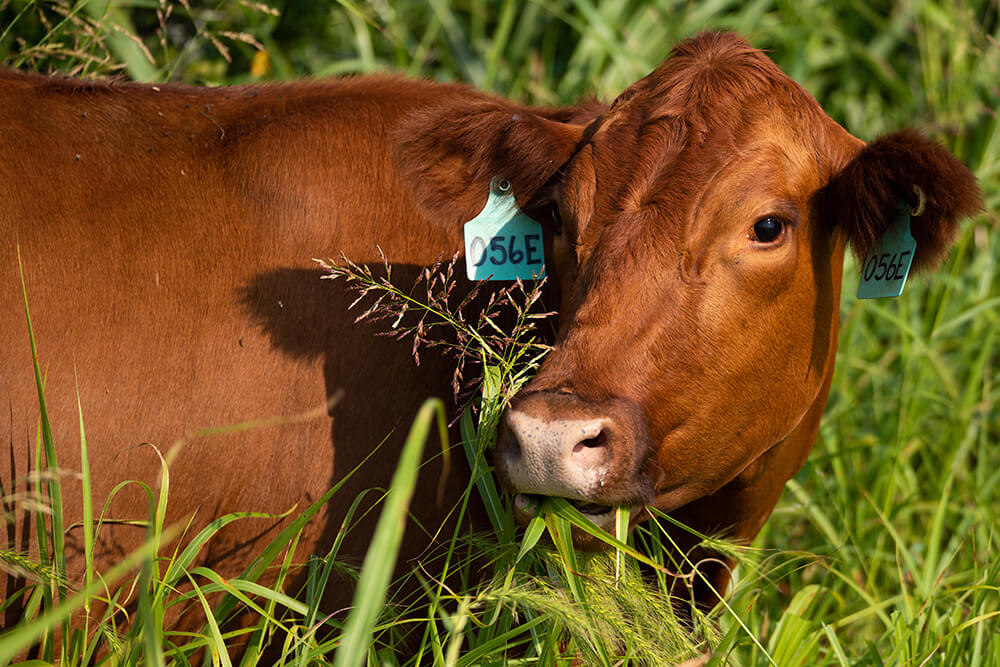
We are committed to assisting these men and women across the United States in exploring and implementing grazing operations in ways that regenerate the soil and enable lasting profitability. While we are driven by a vision for the future, the benefits are not limited to the future. Many are available, and can be realized, in the near-term.
Everything the Institute does will be designed to build and sharpen producers’ knowledge, critical thinking skills, understanding and confidence in applying regenerative principles. Our research will answer critical producer-guided questions regarding soil management, grazing, economics and business operations to help anyone who might be asking the same questions. Our educational and consulting programs will be rooted in equipping farmers and ranchers with what they need to effectively manage their operations using these regenerative principles.
While our focus is on our nation’s grazing lands and grazing animals, we recognize the intrinsic connections of our nation’s grazing lands to wildlife and other influences (e.g., biodiversity and pollinator stewardship) and enterprises (e.g., pecans and multispecies grazers).
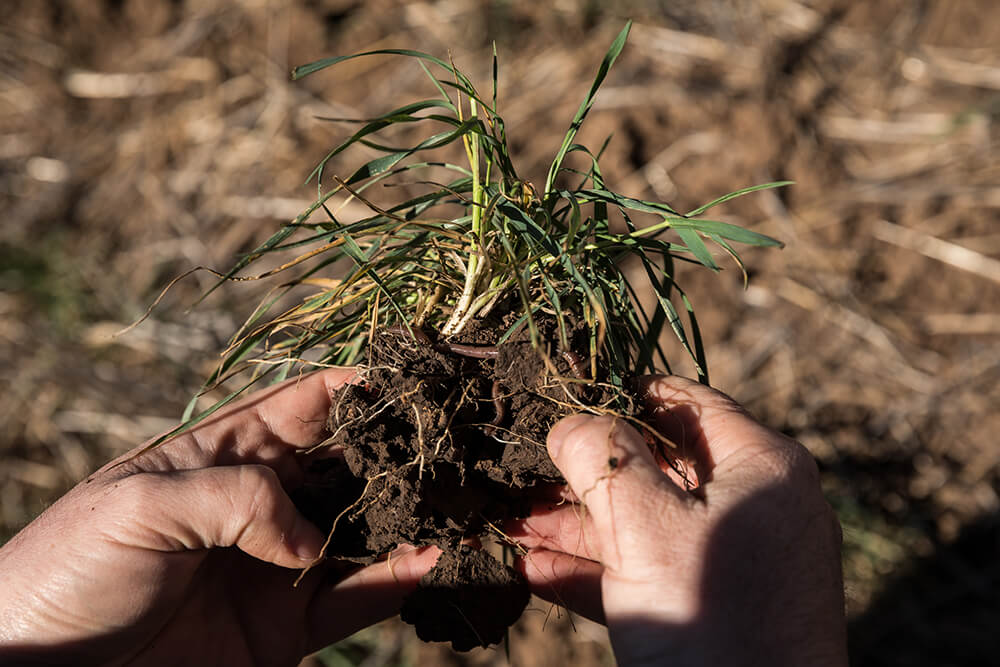
Our educational offerings are being developed. We are exploring new ways to reach farmers and ranchers where they are, rather than requiring them to come to us. That said, standing together in a pasture and sharing stories is one of the best ways to learn, and we look forward to getting back to that, too.
We will continue to publish our weekly periodical, Noble Rancher (replacing Noble News & Views), to provide you with timely, producer-guided information to assist you in adoption and sustained use of regenerative principles. We also will continue to add and deliver resources through www.noble.org.
We are excited about focusing our people and programs on regenerative ranching. We are building something to help farmers and ranchers reach their objectives for success while also caring for the land. This is our calling.
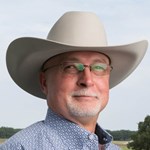

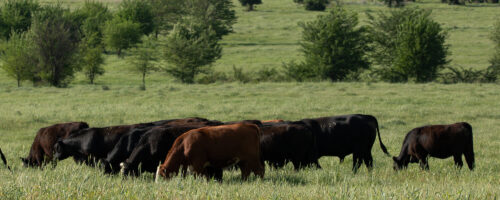
Comment